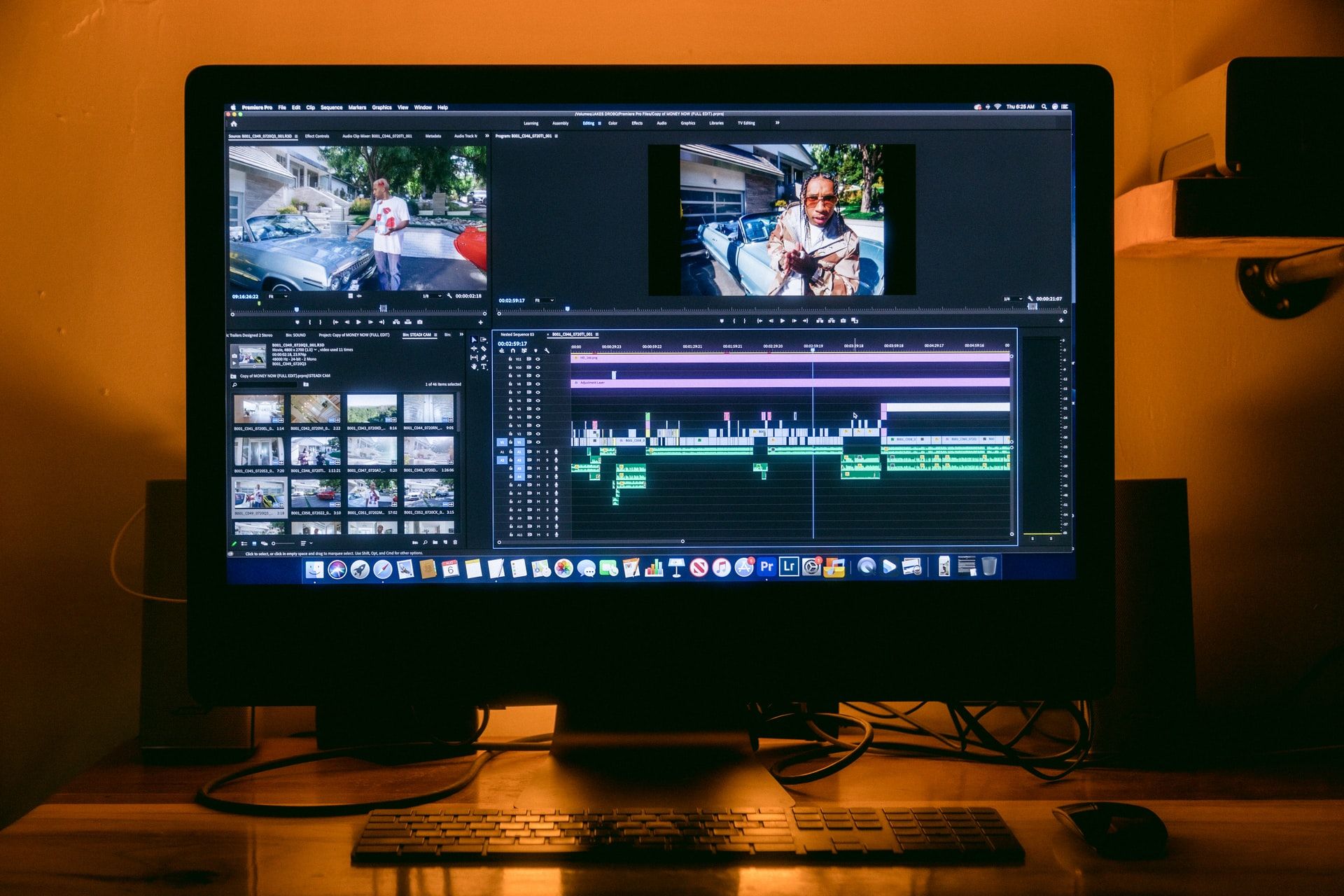Premiere Pro And After Effects Bundle

What is the difference between Adobe Premiere Pro and Adobe After Effects, and which software should you be using for what purpose? Let's get into the nitty-gritty of Adobe's two frontrunner post-production apps.
Video editing software has come a long way in the last decade. Two Adobe products, in particular, get a lot of attention – After Effects vs Premiere Pro. You can use both of these tools for various video production tasks, but each has its specialty. Adobe After Effects is a tool built with visual effects in mind, while Adobe Premiere Pro is a video editing tool. While each comes with a specialty, some people use one over the other exclusively. Again, it comes down to personal preference. If you know one program over the other, you're more likely to use it if it accomplishes the task. But let's break this down and discuss the benefits of each tool, where one is better than the other, and the best ways to get started!

What is After Effects used for?
Adobe After Effects is a tool best used for video effects. This includes motion graphics, special effects (VFX), text effects, etc. Due to the nature of these effects, most of the work that people do in After Effects is post-production. Now, that's not to say that you can't edit videos in it – it does have rudimentary editing functionality. But many would find the system slow and lacking simple timeline features that Premiere Pro offers. Using After Effects in tandem with Premiere Pro is a more fluid video production workflow.
What is Premiere Pro used for?
Adobe Premiere Pro is a video editing program widely regarded as one of (if not THE) best. It features a simple timeline with multiple videos and audio channels. Premiere Pro makes video editing easy with functionality like clipping, click and drag positioning, and easy to add transitions or titles. There is some ability to add video effects with Premiere, making it ideal for beginners; however, After Effects is a much better tool for that type of work. Premiere Pro takes a bit of time to figure out entirely, but as you do – you'll quickly wonder how you lived without it.
Explore 35,000 tracks
and 90,000 sound effects.
→ Find your next soundtrack
5 things After Effects does better than Premiere Pro
- After Effects is one of the best programs out there for animators. Animations (or Rotoscoping) using After Effects can make literal cartoons with the software, something you cannot effectively do with Premiere.
- Suppose you want to add visual effects such as outlines, explosions, movement tracking, and more – After Effects is the clear winner. The tool is designed with this kind of work in mind.
- Both After Effects and Premiere Pro can do some video masking. But After Effects allows much more precision, control, and tools to do it frame by frame for a smoother look.
- Color correction is something you can do in both Premiere Pro and After Effects. It's a relatively new feature for Premiere but has always been a staple in After Effects. The legacy of being part of After Effects means it's generally better – but that gap is closing.
- Text Animating is rather basic in Premiere Pro, but in After Effects, it's incredibly robust. After Effects offers so much ability to control and animate every single element of a piece of text.

5 things Premiere Pro does better than After Effects
- Premiere Pro does video editing better than After Effects. The entire program is designed with video editing in mind. If you know how to use After Effects, you'll figure out Premiere Pro quickly. This alone is a powerful reason to learn how to use it.
- Adobe Premiere Pro is much easier to learn than After Effects. It has an intuitive and easy-to-understand layout – ideal for beginners.
- Premiere Pro is less time-consuming to render video than After Effects. That's because it doesn't need to process intensive frame-by-frame effects. This will speed up your workflow when creating videos.
- Premiere has basic transitions, effects, and color grading options built-in. However, if you aren't well versed in color grading or add a transition between scenes, the stock options that come with Premiere are great for beginners.
- Adobe offers a standalone audio editing program called Audition, BUT audio editing within Premiere Pro is high level and robust. You can control the volume independently on each channel, add effects and do much more. After Effects cannot even compete on this one.
Premiere Pro vs After Effects – which is best for beginners?
If you're just getting started in video production, you should learn Adobe Premiere Pro. Premiere Pro is a professional tool that is intuitive to learn on your own as a beginner. There is also a wide range of tutorials and support forums that will help you navigate through any difficulties you encounter. In addition, it offers lots of features that will help you rapidly improve the quality of your videos. Best of all, the skills you learn in Premiere will apply to using After Effects if you decide to learn that at a later date. Both tools are excellent, but if the question is After Effects vs Premiere Pro, Premiere Pro should be your go-to software.
Want to use royalty-free music
in your next video?
→ Sign up for a free trial
Related posts:
- Top 5 Video Editing Tips in Premiere Pro
- How to Color Grade Videos in Premiere Pro
- All You Need to Know About Adobe Stock Motion Graphics Templates
Published on under Teach Me
Premiere Pro And After Effects Bundle
Source: https://www.epidemicsound.com/blog/premiere-pro-vs-after-effects/
Posted by: mcculloughhimper.blogspot.com

0 Response to "Premiere Pro And After Effects Bundle"
Post a Comment